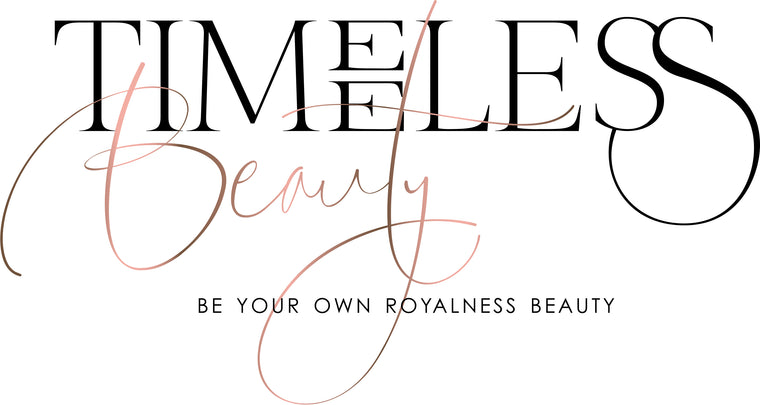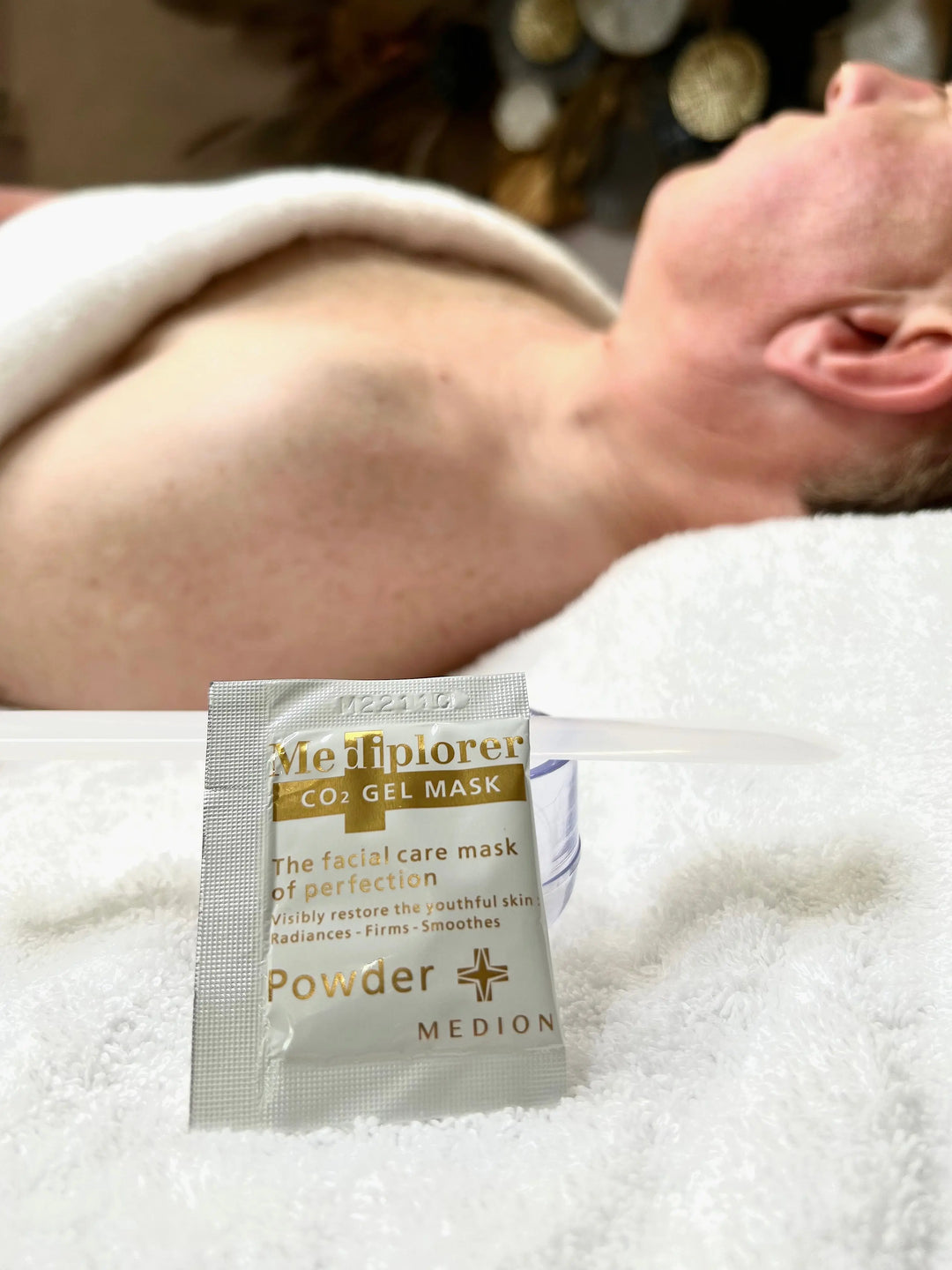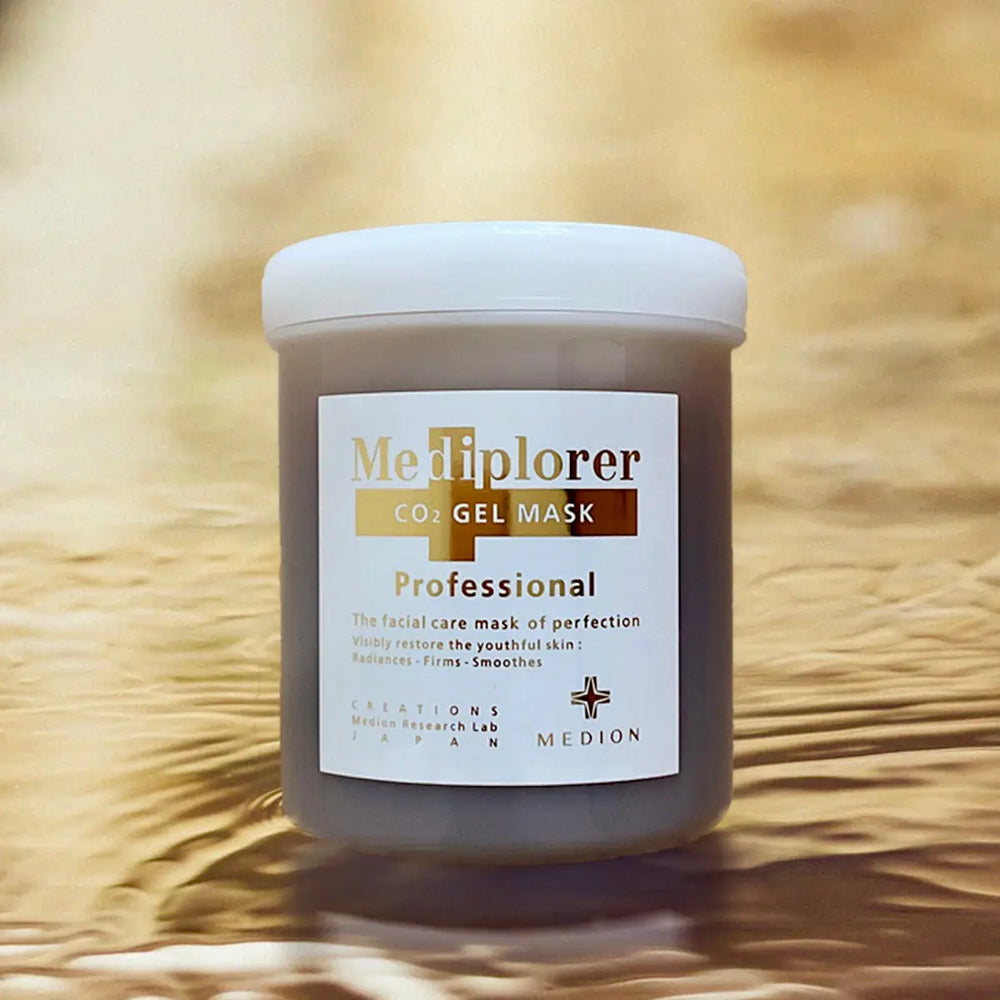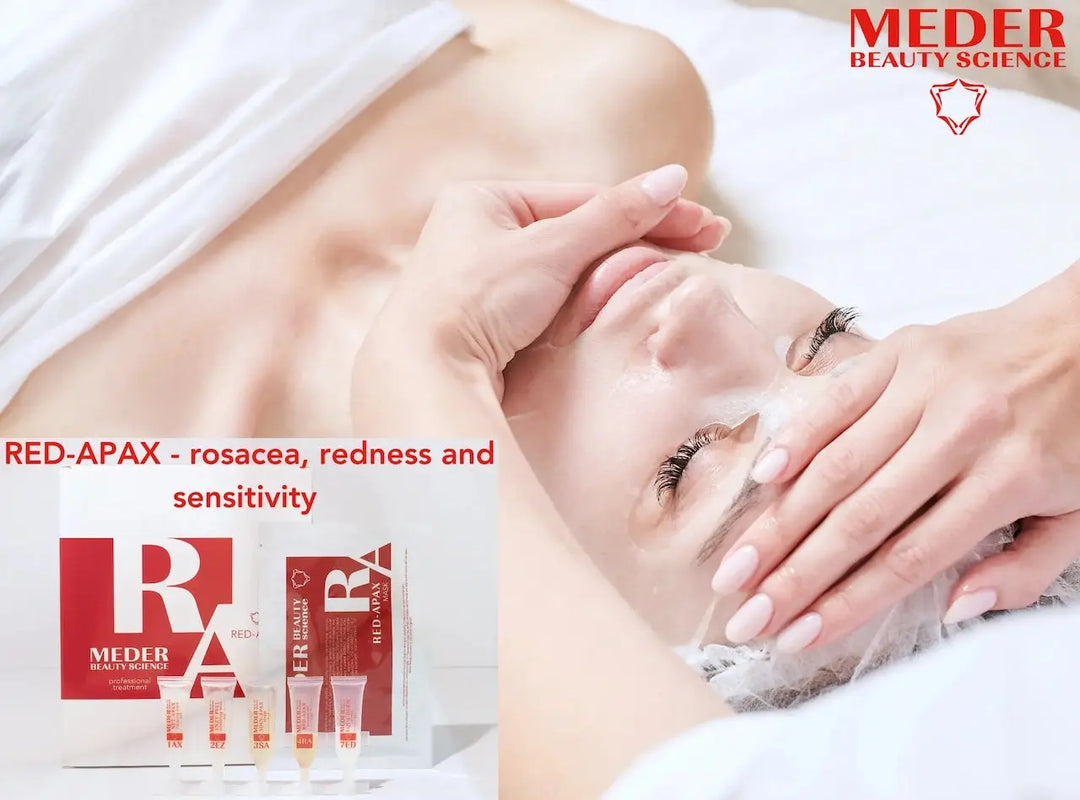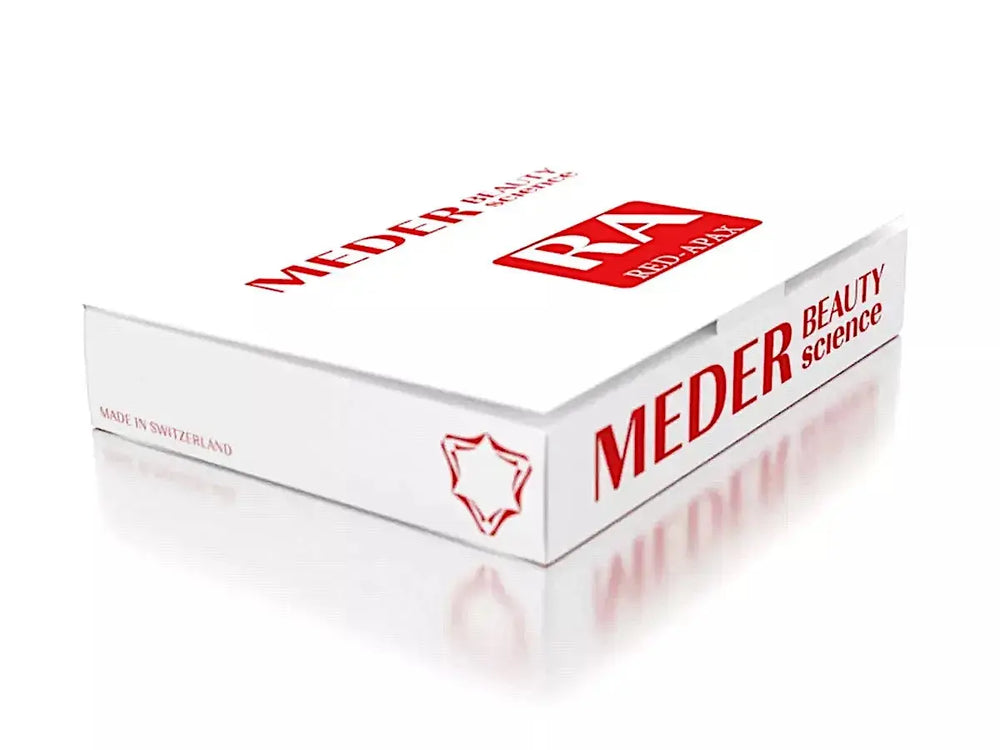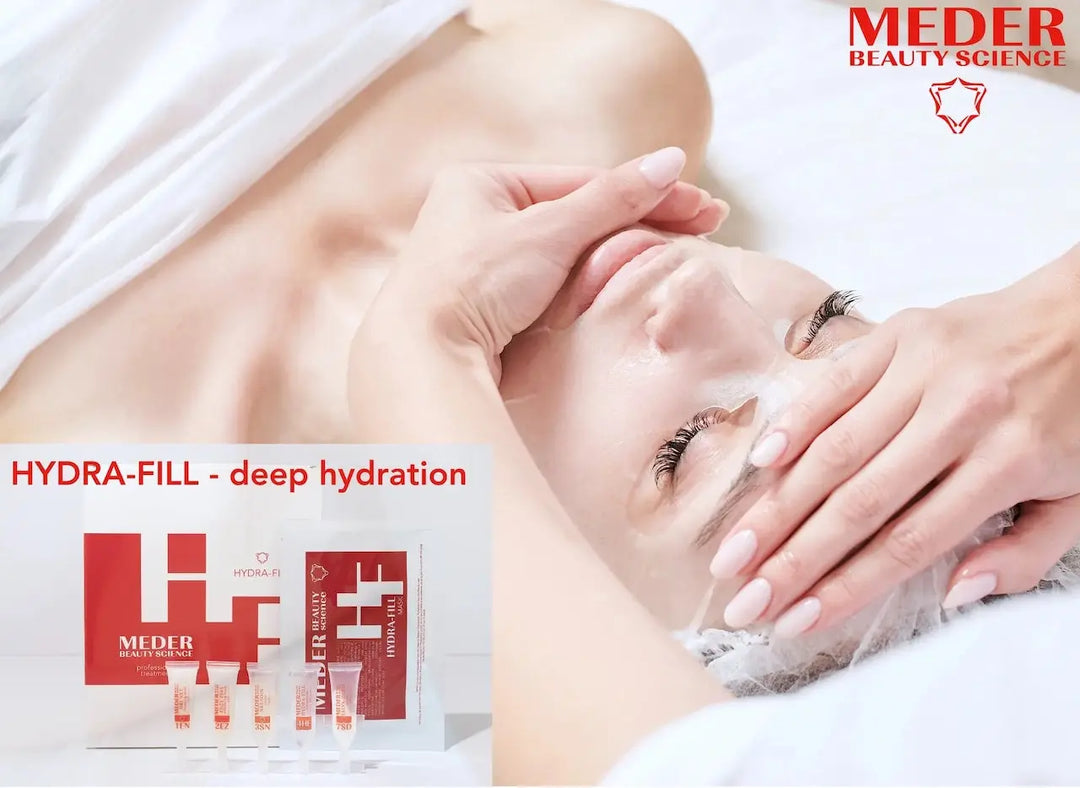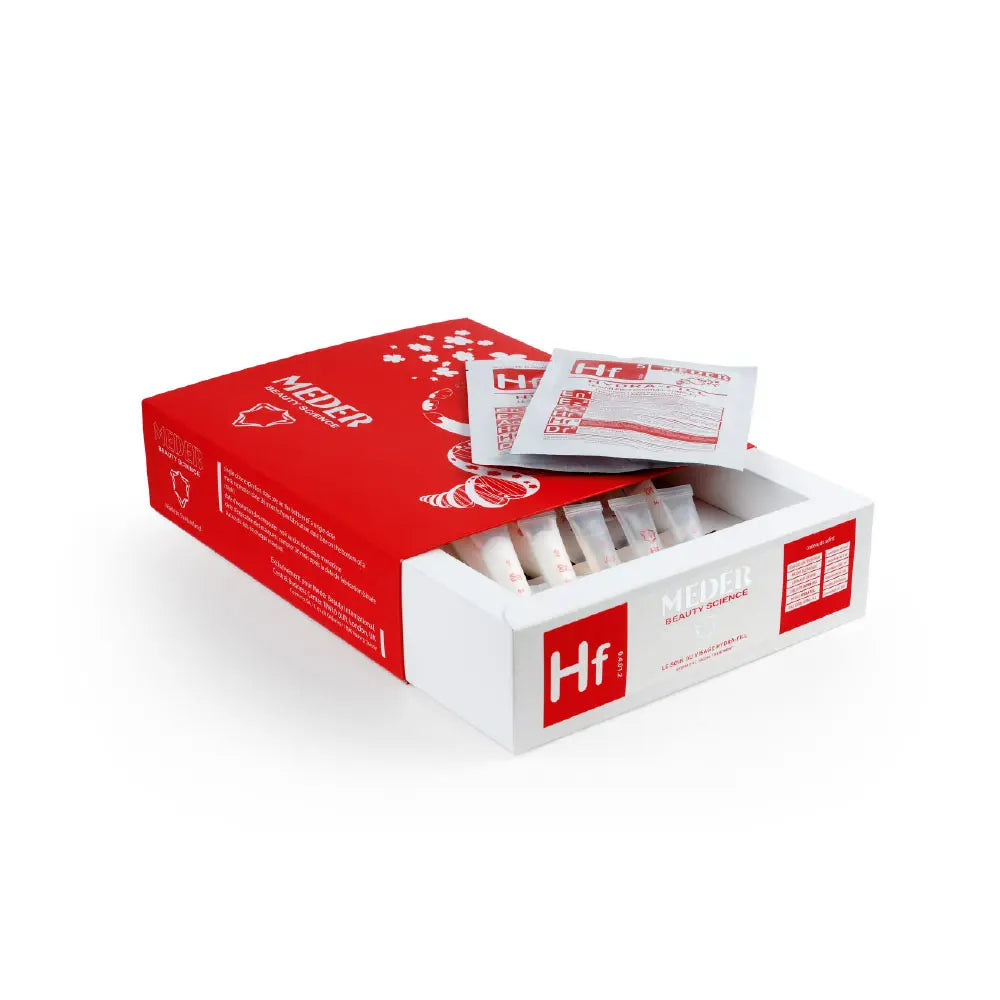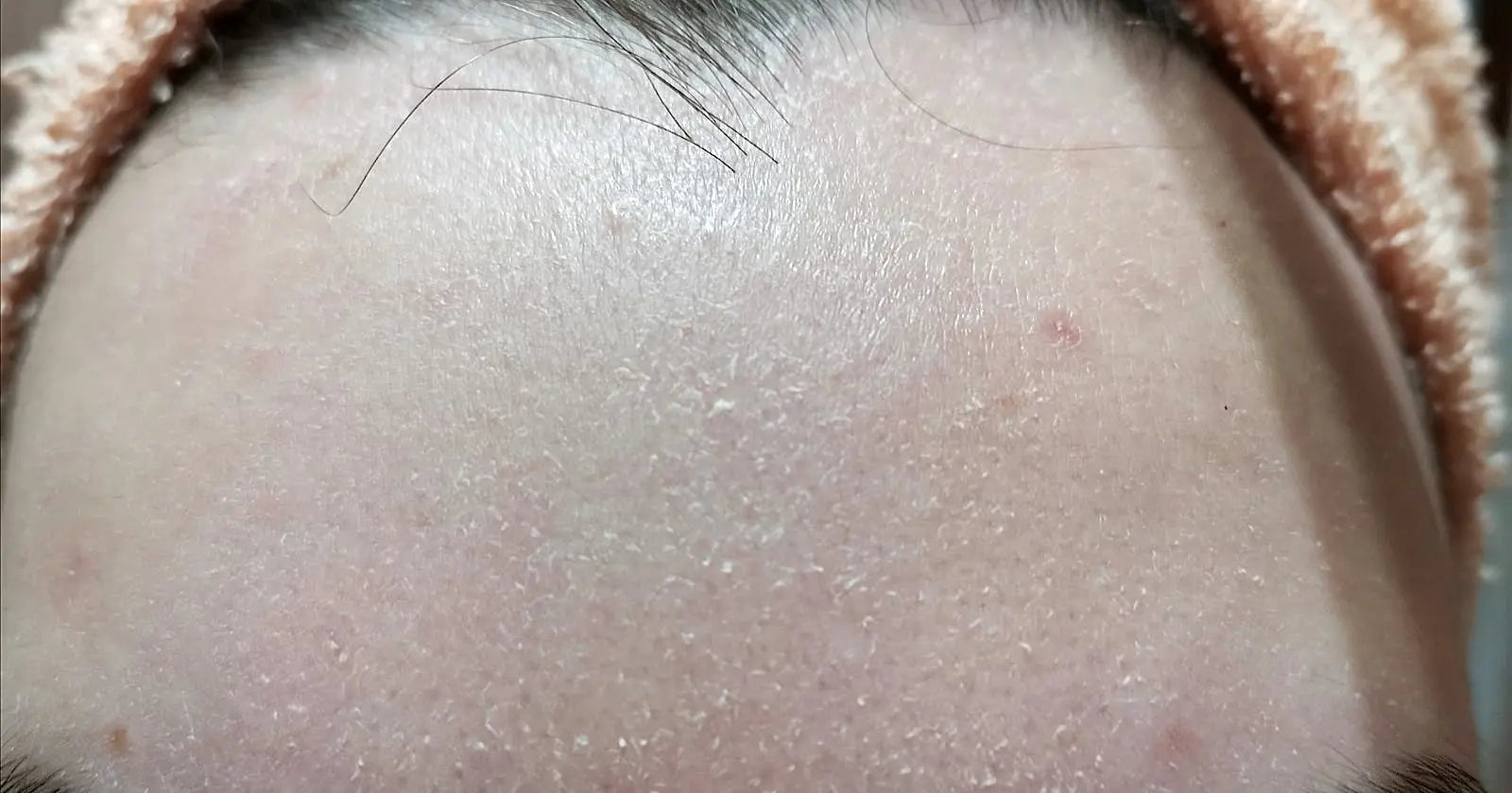
DRY SKIN
Happy Skin Moisturized Skin
Redness
Swelling
Itchiness
Burning sensation
Rashes/ hives
Contact dermatitis
Allergic contact dermatitis
Eczema
About Dry skin
Dry skin, scientifically known as xerosis, is a common dermatological condition characterized by a lack of moisture in the stratum corneum, the outermost layer of the epidermis. This results in skin that feels rough, tight, and may appear flaky or scaly. Dry skin occurs when the skin's natural barrier function is compromised, leading to increased water loss and reduced hydration levels. Factors such as low humidity, cold weather, excessive bathing, use of harsh soaps or cleansers, and certain medical conditions can contribute to the development of dry skin. Proper skincare practices, including regular moisturization and hydration, are essential for managing dry skin and restoring its protective barrier function.
The symptoms of dry skin, include:
Rough or rough-feeling skin texture: Dry skin often feels rough to the touch due to a lack of moisture and diminished skin barrier function.
Tightness or tautness: Dry skin may feel tight, especially after washing or exposure to dry air, due to dehydration and reduced elasticity.
Flakiness or scaling: Dry skin can lead to the formation of flaky or scaly patches on the skin surface as dead skin cells accumulate and shed unevenly.
Itching or pruritus: Dry skin is commonly associated with itching, which can range from mild to severe and may worsen in dry or heated environments.
Redness or inflammation: Prolonged dryness and irritation can cause the skin to become red, inflamed, or irritated, particularly in sensitive areas.
Cracks or fissures: Severely dry skin may develop cracks or fissures, especially in areas prone to friction or repeated movement, such as the hands, feet, or elbows.
The causes of dry skin, can be multifactorial and may include:
Environmental factors: Exposure to dry air, low humidity levels, cold temperatures, and harsh weather conditions can strip moisture from the skin, leading to dryness and dehydration.
Hot water and frequent bathing: Prolonged exposure to hot water and frequent bathing or showering can remove the skin's natural oils and disrupt its moisture balance, contributing to dryness.
Harsh soaps and cleansers: The use of harsh soaps, detergents, or cleansers containing chemicals and fragrances can strip away the skin's natural oils and disrupt its protective barrier, leading to dryness and irritation.
Age-related changes: As people age, the skin naturally becomes thinner, drier, and less able to retain moisture, leading to increased susceptibility to dryness and dehydration.
Skin conditions: Certain skin conditions, such as eczema (atopic dermatitis), psoriasis, and ichthyosis, can cause dry skin as a primary symptom due to impaired skin barrier function and inflammation.
Medical conditions: Underlying medical conditions, including hormonal imbalances (e.g., hypothyroidism), diabetes, malnutrition, and autoimmune disorders, can contribute to dry skin by affecting skin health and hydration.
Medications: Some medications, such as diuretics, antihistamines, retinoids, and certain chemotherapy drugs, can have drying effects on the skin as a side effect.
Lifestyle factors: Factors such as smoking, excessive alcohol consumption, poor diet, and inadequate hydration can affect overall skin health and contribute to dryness.
Genetics: Genetic factors can predispose individuals to have naturally drier skin due to variations in skin structure, function, and lipid composition.
Preventing dry skin, involves adopting various skincare practices and lifestyle habits aimed at maintaining the skin's moisture balance and protecting its natural barrier function.
Moisturize regularly: Apply moisturizers containing humectants (such as glycerin and hyaluronic acid) and occlusives (such as petrolatum and mineral oil) to lock in moisture and prevent water loss from the skin. Choose products formulated for dry or sensitive skin and apply them immediately after bathing or showering to trap moisture.
Use gentle cleansers: Avoid harsh soaps and cleansers that can strip away the skin's natural oils and disrupt its moisture barrier. Opt for mild, fragrance-free cleansers with a neutral pH that gently cleanse the skin without causing irritation or dryness.
Limit bath and shower time: Limit bathing or showering to no more than 10-15 minutes and use lukewarm water instead of hot water, which can strip away the skin's natural oils and lead to dryness. Avoid excessive scrubbing or rubbing of the skin, which can further damage its barrier function.
Humidify the air: Use a humidifier, especially during the winter months or in dry climates, to add moisture to the indoor air and prevent excessive drying of the skin. Aim for indoor humidity levels of around 30-50% to maintain optimal skin hydration.
Protect the skin from harsh weather: Wear protective clothing, such as gloves, scarves, and hats, to shield the skin from cold temperatures, wind, and other environmental factors that can exacerbate dryness and irritation. Apply a moisturizing sunscreen with broad-spectrum SPF protection when exposed to the sun to prevent sunburn and further skin damage.
Stay hydrated: Drink an adequate amount of water throughout the day to maintain overall hydration and support healthy skin function. While water intake alone may not directly hydrate the skin, it plays a crucial role in maintaining overall bodily hydration, which can indirectly benefit skin health.
Avoid irritants and allergens: Identify and avoid potential triggers that can irritate or sensitize the skin, such as harsh chemicals, fragrances, and allergens in skincare products, cosmetics, and household cleaners. Patch-test new products before using them on larger areas of the skin to check for any adverse reactions.
Practice proper skincare: Develop a consistent skincare routine that includes gentle cleansing, moisturizing, and protection from the sun and environmental stressors. Choose skincare products that are suitable for your skin type and address specific concerns, such as dryness, sensitivity, or aging.



